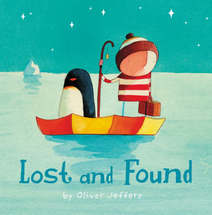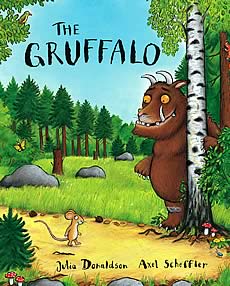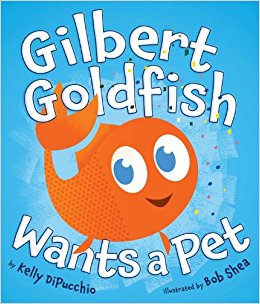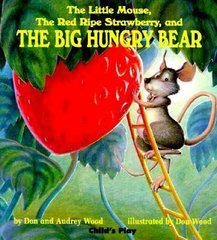Did you know that books are a great way to work on your child’s critical thinking and problem-solving skills? At The Speech Space we are huge fans of books. The choices for books are endless and these days there are SO MANY great ones! Here is a list of current kid-favorites that are great for working on critical thinking and problem solving skills:

Lost and Found by Oliver Jeffers: When a penguin shows up at his door, a boy decides to find out where the penguin came from and get him home. The journey back to the South Pole is difficult and the boy tells the penguin stories to pass the time. When they get to the South Pole, the penguin looks sad and the boy realizes that the penguin wasn’t lost, he was just lonely. This book is great for working on inferences, predictions, sequencing, and emotions.

The Gruffalo by Julia Donaldson: As a mouse is walking in the forest, he meets a fox, an owl, and then a snake, who all want to eat him for dinner. Instead of being eaten, the smart mouse invents The Gruffalo, who happens to enjoy eating each of these animals for dinner to scare them away. Turns out that The Gruffalo is real! This book is great for ‘wh’ questions (e.g., who, what, where), predictions, inferences, and sequencing.

Gilbert Goldfish Wants a Pet by Kelly DiPucchio: Gilbert is a goldfish who has a pretty awesome life. But, the one thing he wants and the one thing he doesn’t have is a pet. Gilbert goes on a long journey to find a pet, experiencing different situations and emotions. In the end, thank goodness, he gets his wish! This book is great for working on “why” questions, inferences, emotions, and sequencing.

The Little Mouse, The Red Ripe Strawberry, and The Big Hungry Bear by Don & Audrey Wood: In this story a little mouse finds a delicious, ripe strawberry. As he’s going to get the strawberry he is told about a big, hungry bear that can smell a ripe strawberry miles away! The mouse goes into a panic trying to figure out ways to protect his ripe strawberry (don’t worry, in the end he figures out a way!). This book is great for working on WH- questions (what, where, why, etc), inferencing, predictions, emotions, and sequencing.
Books are not only great for comprehension and vocabulary, but also for critical thinking and problem solving. As you read books to your child, try to use personal connections to help them relate to the story (e.g.,”He wants a pet. What pet do we have?”, “If you could have a pet, what would you chose?”).
If your child is able to answer simple WH questions (e.g., who, what, where, when), work on asking questions that require them to apply the knowledge they have to make inferences (e.g., “Why is the mouse trying to hide the strawberry?”, “How might he feel if the bear got his strawberry? How would you feel?”) and predictions (e.g., “The boy seems to miss the penguin. What might he do?”). After you finish the story see if your child can sequence and retell the story back to you (feel free to flip through the pages together again while they are sequencing and retelling the story).
These are just a few kid-favorite books (and frankly The Speech Space therapists’ favorites too). Check back on the blog for more ideas to help encourage your child’s speech and language development.
If you have questions or concerns about your child’s s development, contact us at The Speech Space. We offer free screenings, which take approximately 30 minutes, and can help identify potential problems.
